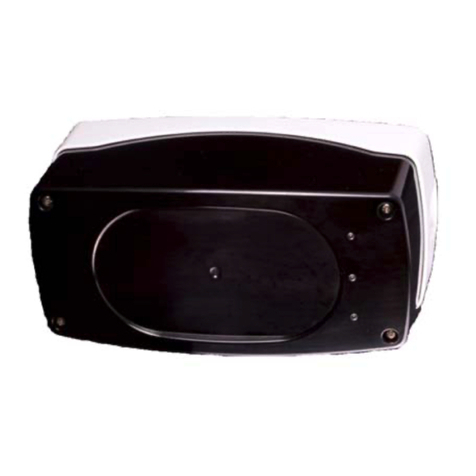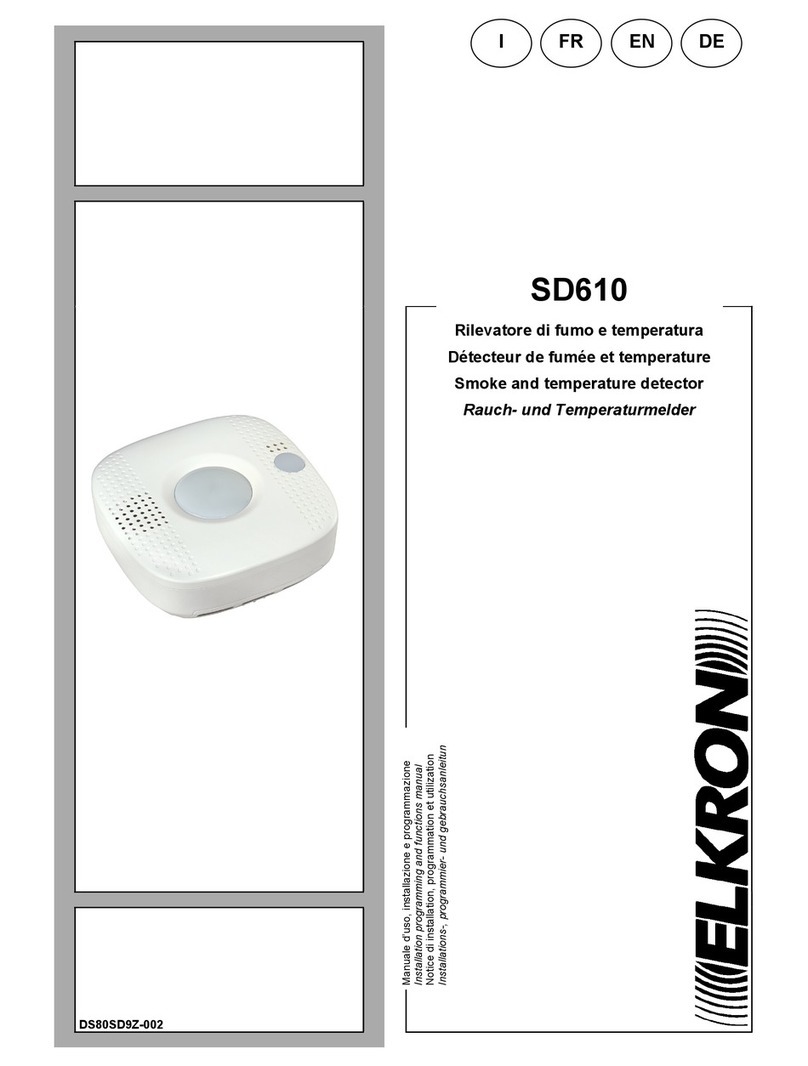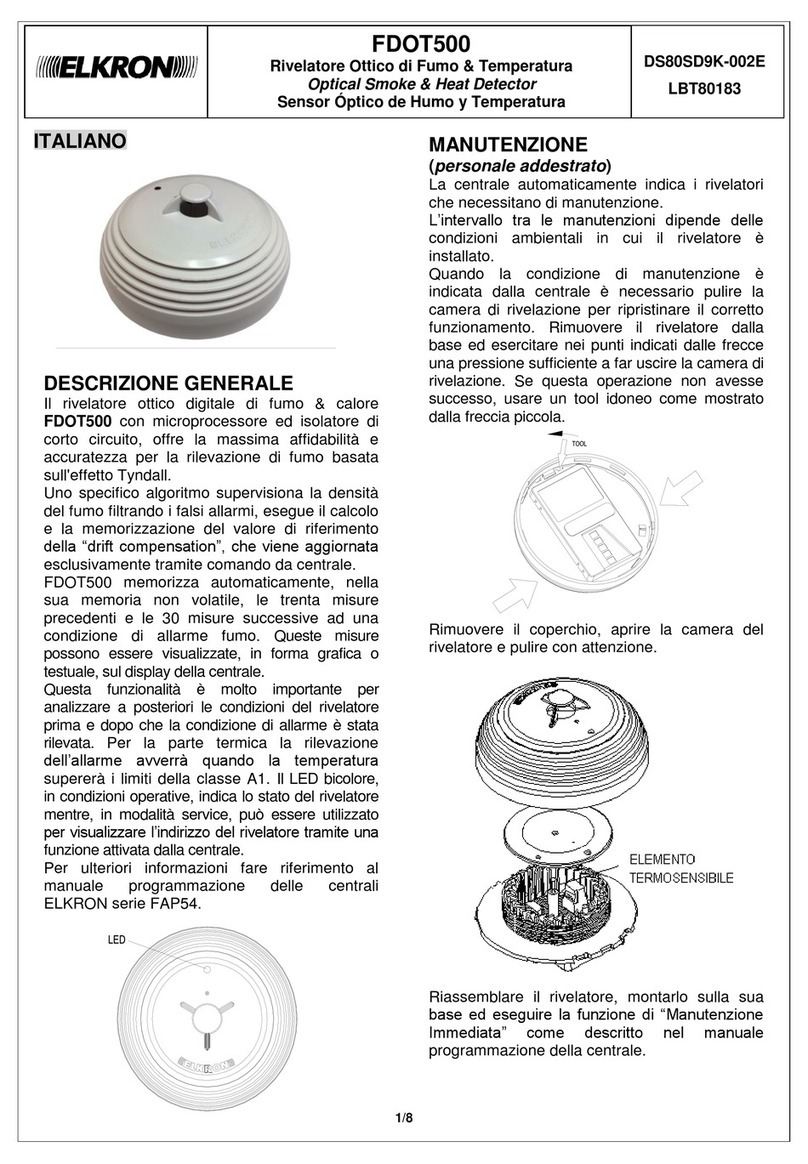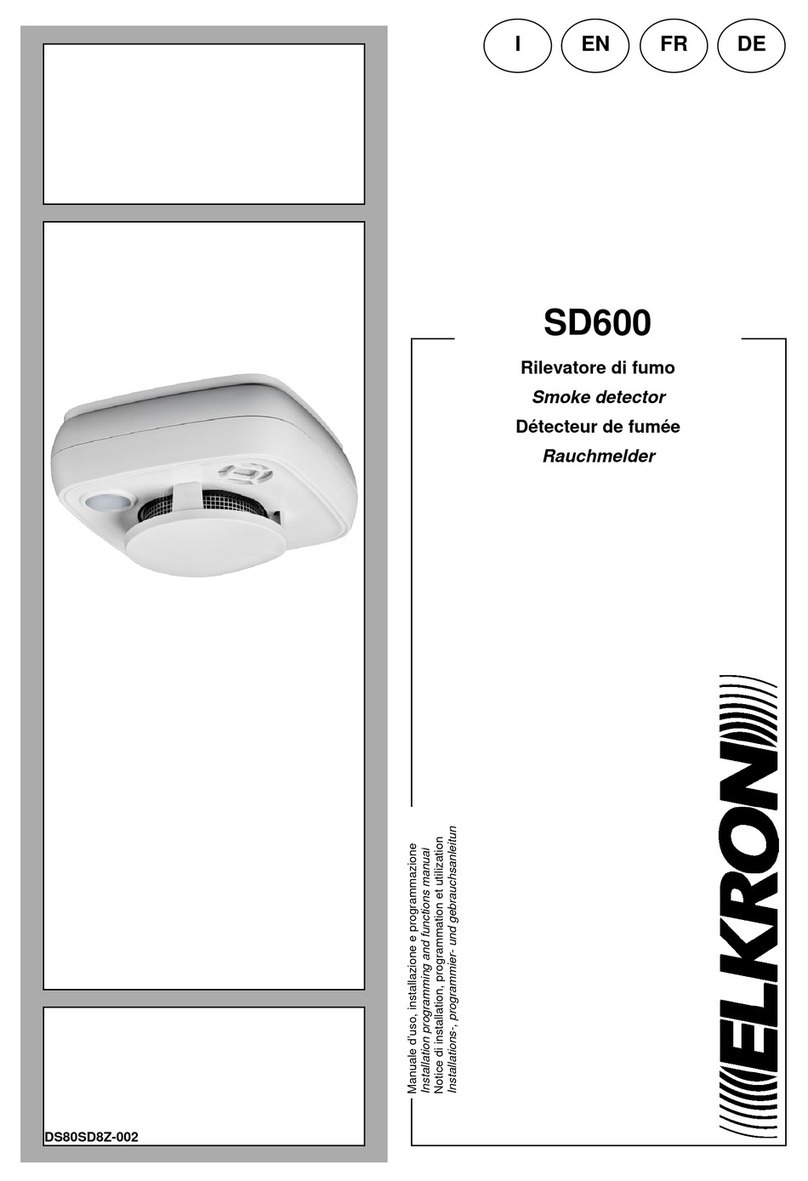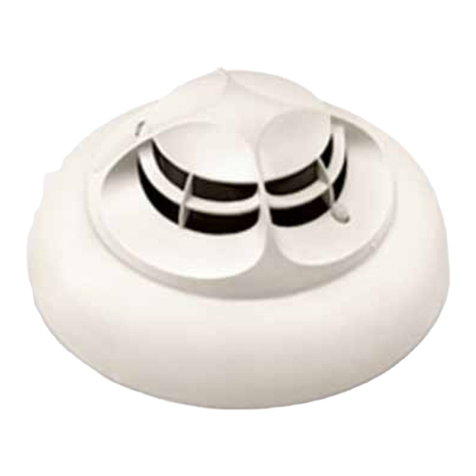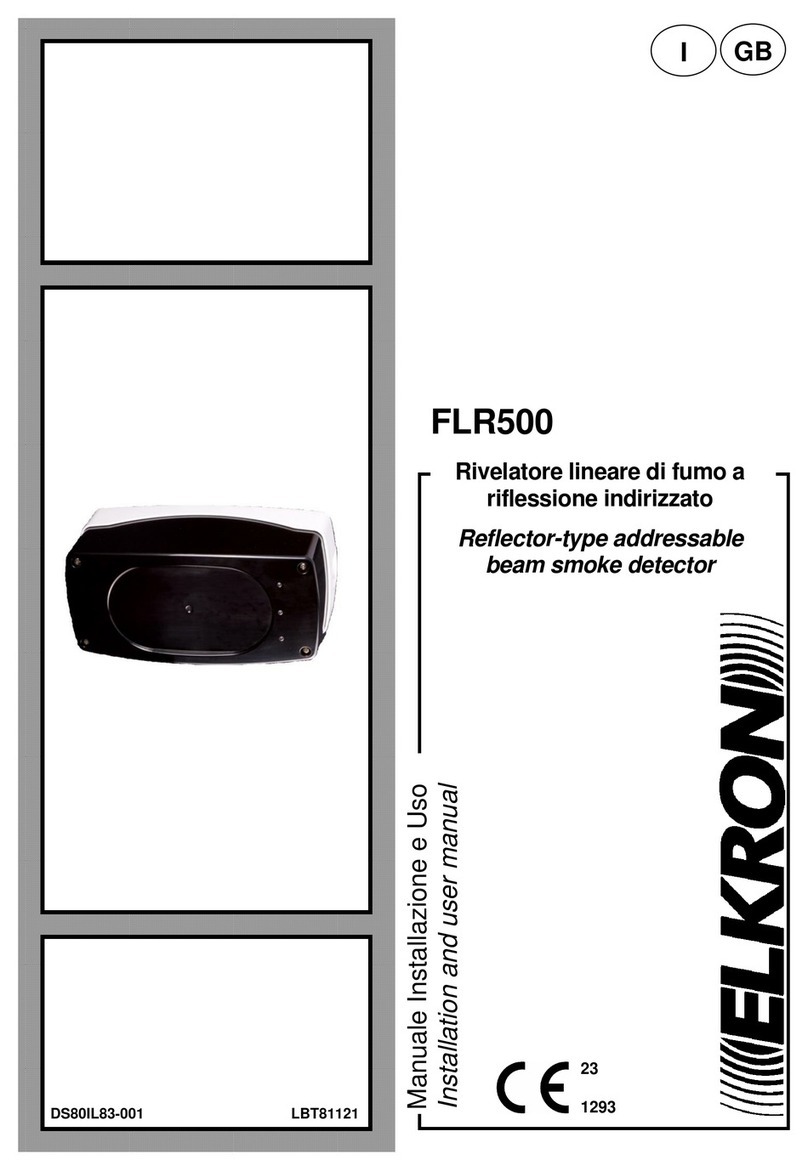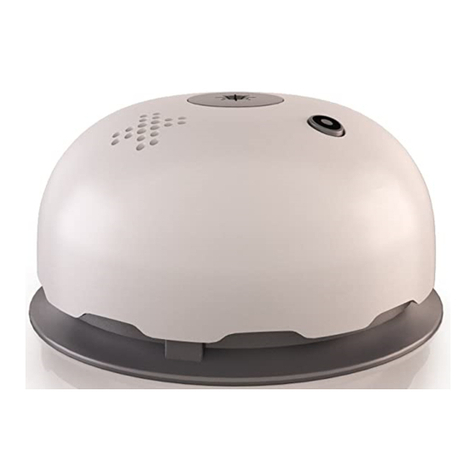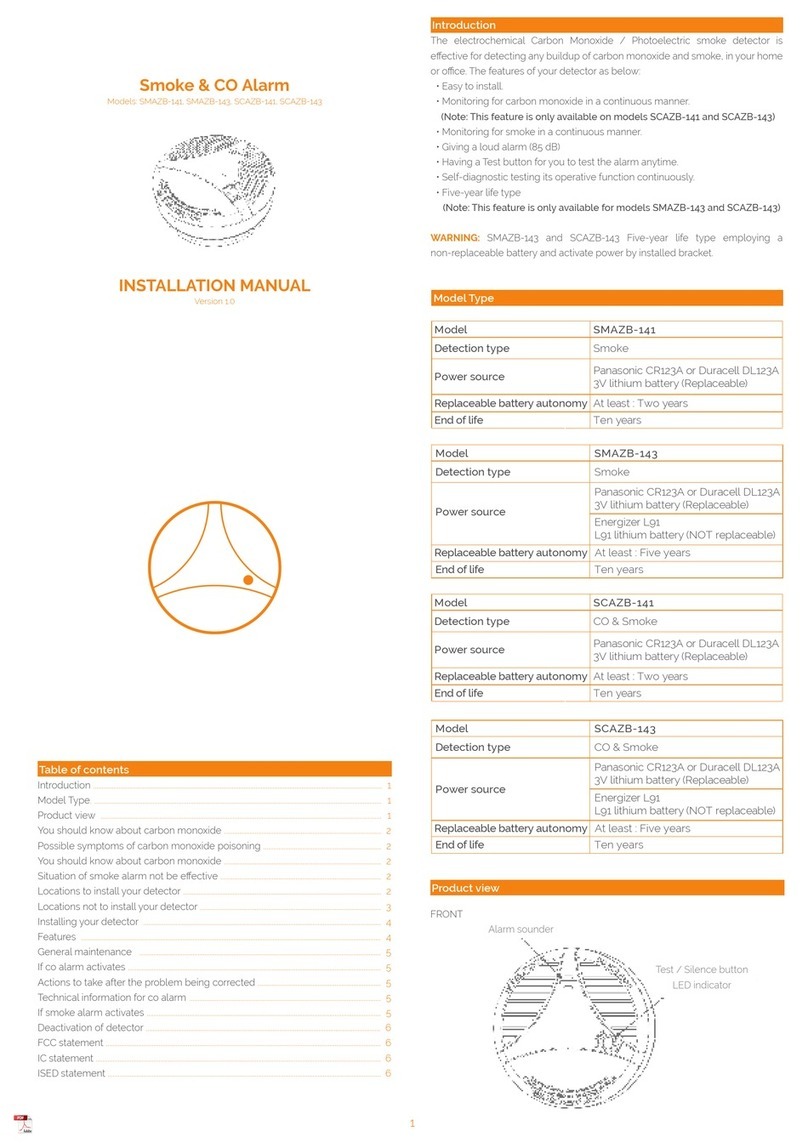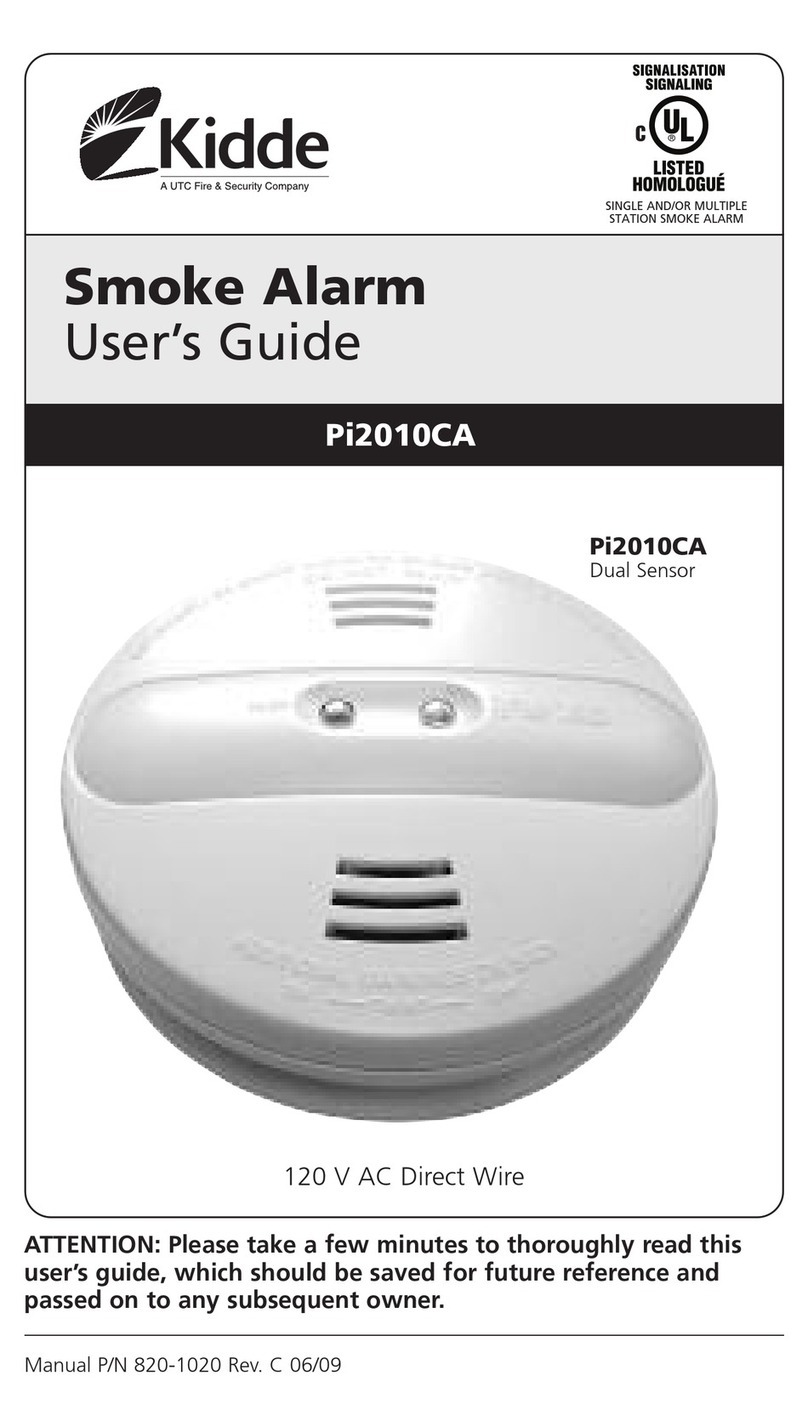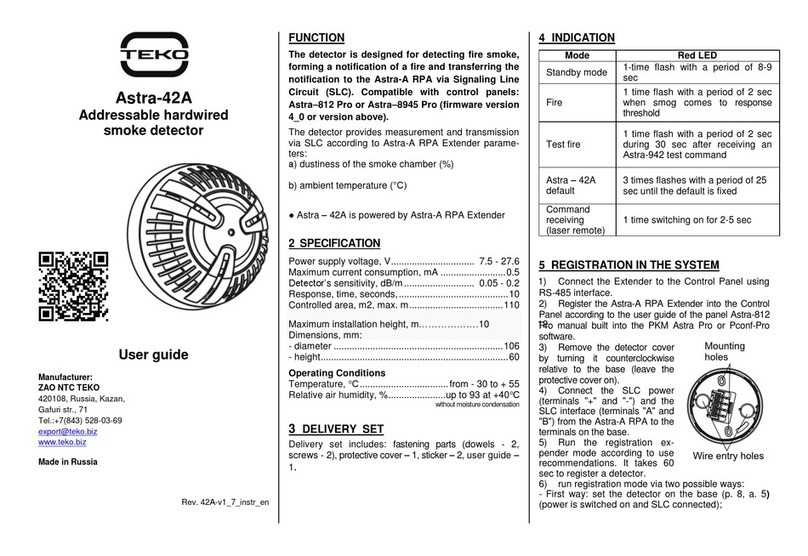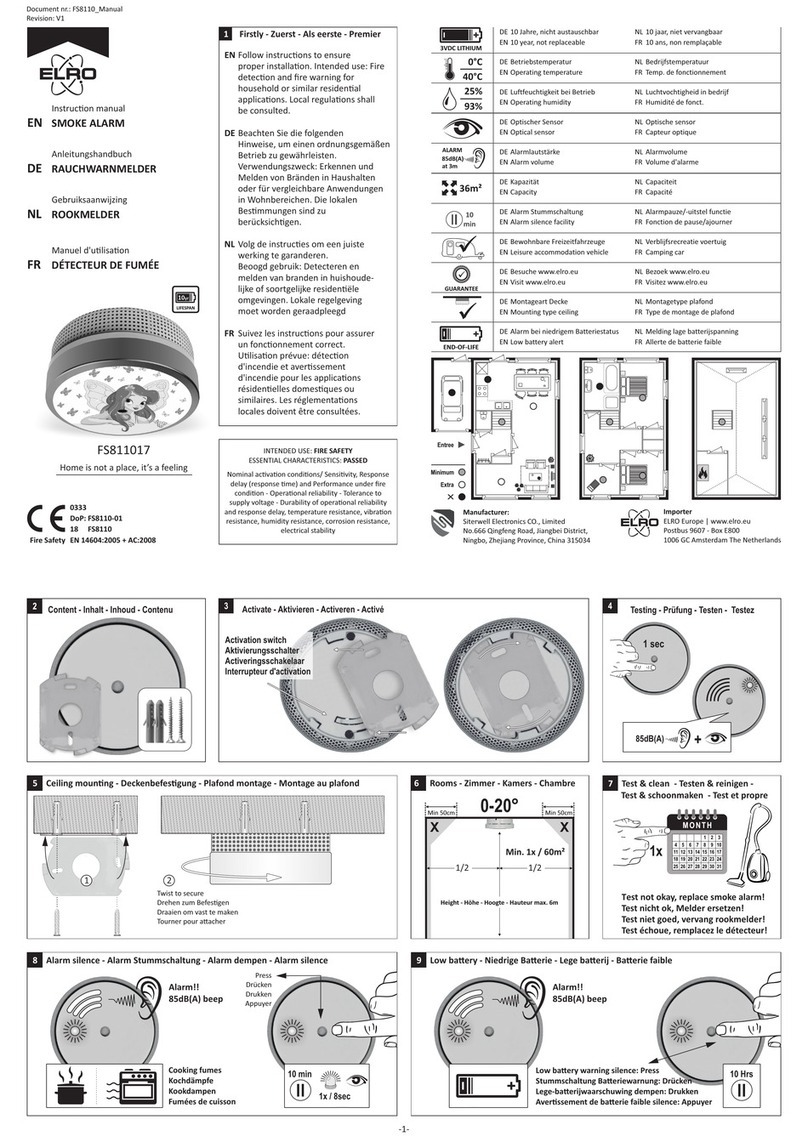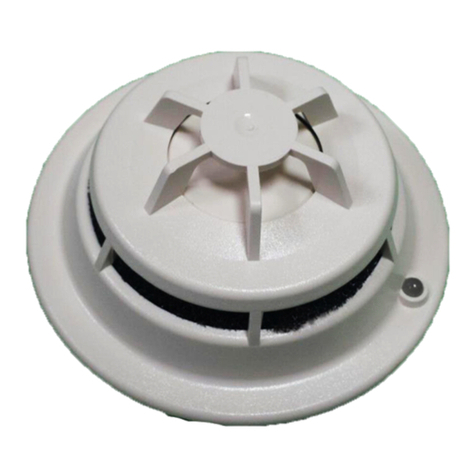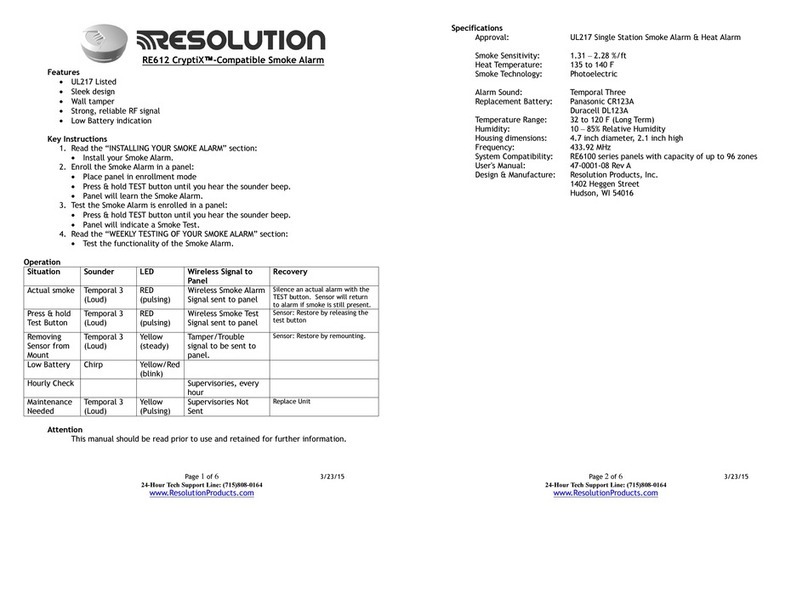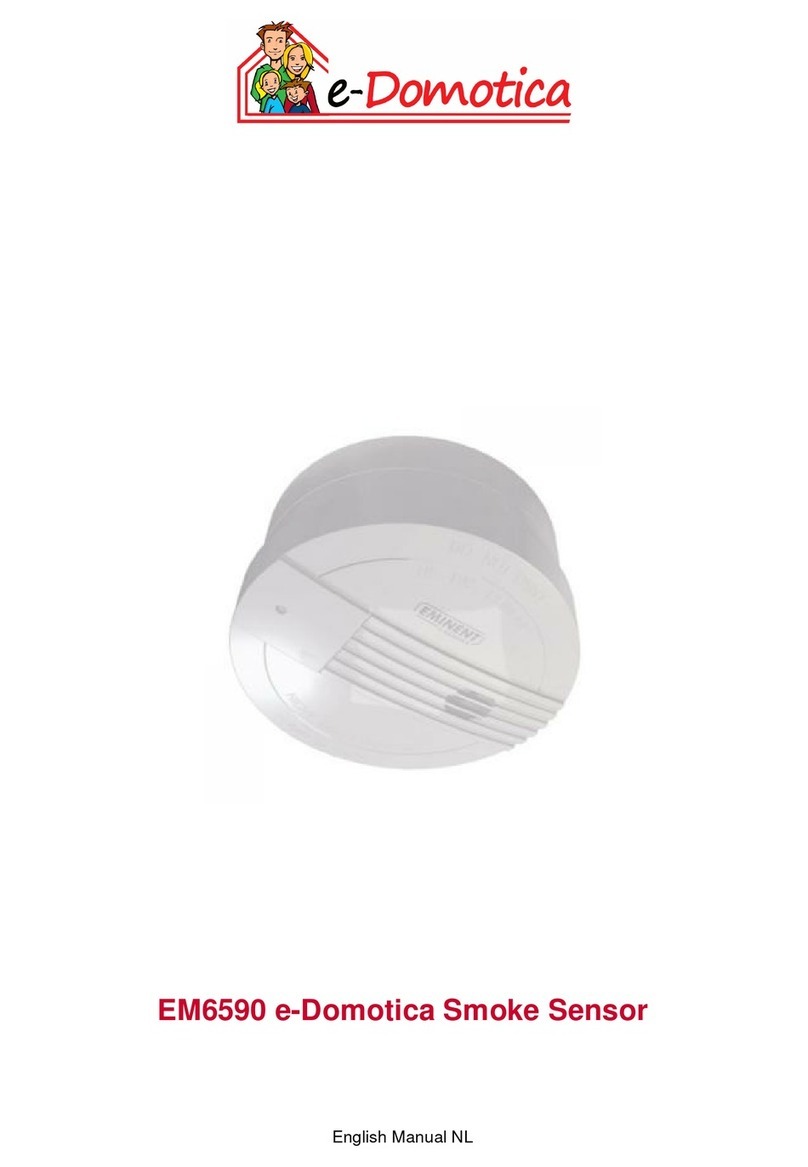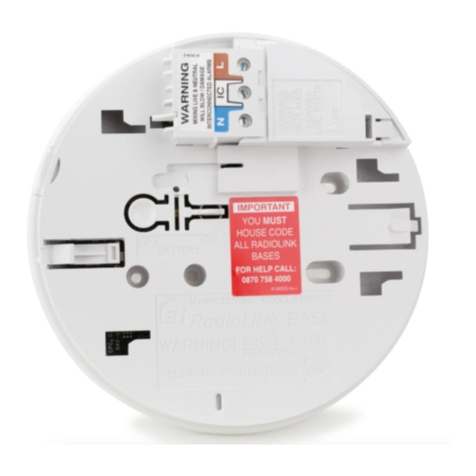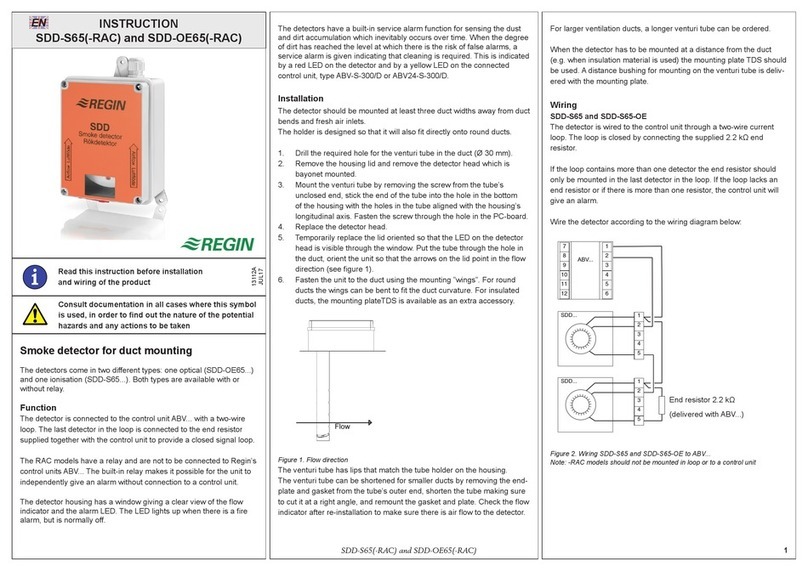
FAP54 Installation 3
TABLE OF CONTENTS
1
GENERAL SAFETY RULES........................................................................................................................................................ 4
1.1
PEOPLE’S SAFETY.............................................................................................................................................................. 4
1.1.1
Installation, commissioning and maintenance operations............................................................................................ 4
1.1.2
Power supply isolating device...................................................................................................................................... 4
1.1.3
Batteries....................................................................................................................................................................... 4
1.1.4
Battery disposal ........................................................................................................................................................... 4
1.2
SICUREZZA PRODUCT SAFETY......................................................................................................................................... 5
1.3
PARTICULAR PRECAUTIONS............................................................................................................................................. 5
1.4
DECLARATION OF THE MANUFACTURER........................................................................................................................ 5
1.5
LIST OF OPTIONS WITH REQUIREMENTS........................................................................................................................ 5
1.6
COMPLIANCE WITH EN54-2 ............................................................................................................................................... 5
2
FAP54 OVERALL DIMENSIONS................................................................................................................................................. 6
2.1
FASTENING THE FAP CONTROL PANEL TO THE WALL.................................................................................................. 7
2.2
CONNECTING THE FAP CONTROL PANEL TO THE AC POWER SUPPLY ..................................................................... 7
2.3
MAINTENANCE .................................................................................................................................................................... 7
2.4
BATTERIES .......................................................................................................................................................................... 7
2.5
LAYOUT OF FAP54-01 INTERNAL MODULES.................................................................................................................... 8
2.6
LAYOUT OF FAP54-04 INTERNAL MODULES.................................................................................................................... 9
2.7
LAYOUT OF FAP54-08 INTERNAL MODULES.................................................................................................................. 10
2.8
LAYOUT OF FAP54-16 INTERNAL MODULES.................................................................................................................. 11
3
FAP54 COMPONENTS.............................................................................................................................................................. 12
3.1
FRONT PANEL OF FAP541 ............................................................................................................................................... 12
3.2
FRONT PANEL OF FAP544 - FAP548 - FAP5416 ............................................................................................................. 13
3.3
KEYPAD.............................................................................................................................................................................. 14
3.4
LED INDICATORS ON THE FRONT PANEL...................................................................................................................... 14
3.5
FAP ELECTRICAL SPECIFICATIONS................................................................................................................................ 16
3.6
FAP54 CPU BOARD........................................................................................................................................................... 17
3.7
FAP54 CONTROL AND COMMAND BOARD..................................................................................................................... 18
3.8
EXAMPLES OF FAP54 TERMINAL BOARD CONNECTION ............................................................................................. 19
3.9
FAP54 BATTERY CHARGER BOARD ............................................................................................................................... 20
3.10
FA128 LINE MODULE......................................................................................................................................................... 21
3.11
CE LABELS......................................................................................................................................................................... 22
4
DETECTION LINES ................................................................................................................................................................... 23
4.1
LOOP LINE CONNECTION - CLASS A.............................................................................................................................. 23
4.2
OPERATION AND CHARACTERISTICS OF CONNECTION WITH CLASS A................................................................... 24
4.3
OPEN LINE CONNECTION – CLASS B............................................................................................................................. 25
4.4
OPERATION AND CHARACTERISTICS OF CONNECTION WITH CLASS B................................................................... 26
4.5
TEST PROCEDURE FOR DETECTION LINES.................................................................................................................. 26
5
ADDRESSING............................................................................................................................................................................ 27
5.1
CONFIGURE ALL THE CIRCUITS...................................................................................................................................... 27
5.2
CONFIGURE SINGLE CIRCUIT ......................................................................................................................................... 30
6
APPENDIXES ............................................................................................................................................................................ 34
6.1
APPENDIX 1: ERROR CODES FOR CIRCUIT MODULE .................................................................................................. 34
6.2
APPENDIX 2: PROCEDURE ERROR CODES................................................................................................................... 35
6.3
APPENDIX 3: CIRCUIT FAULT BITMAPS.......................................................................................................................... 38

